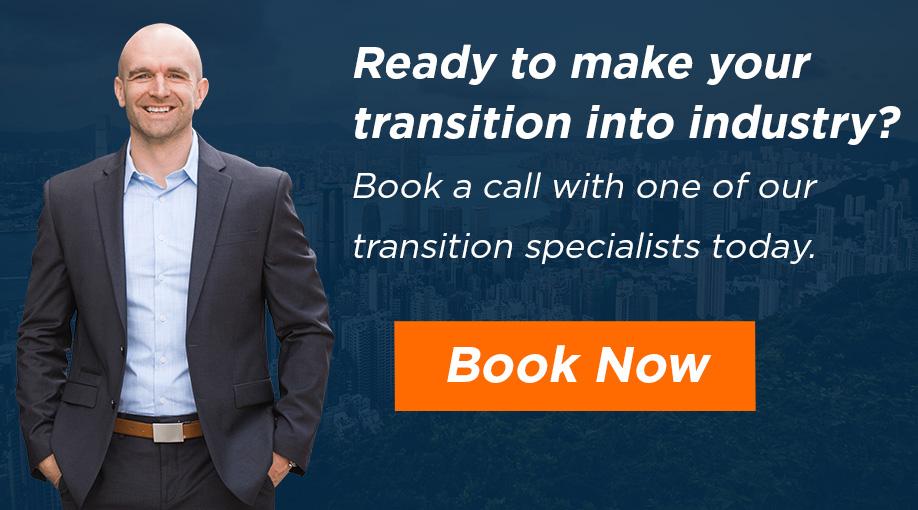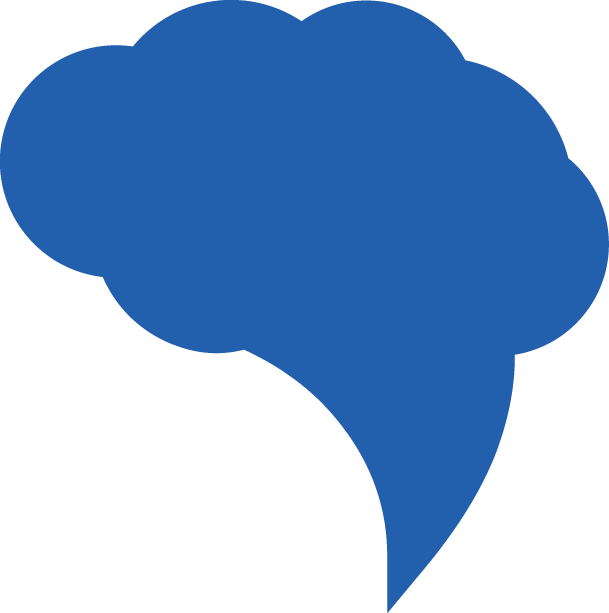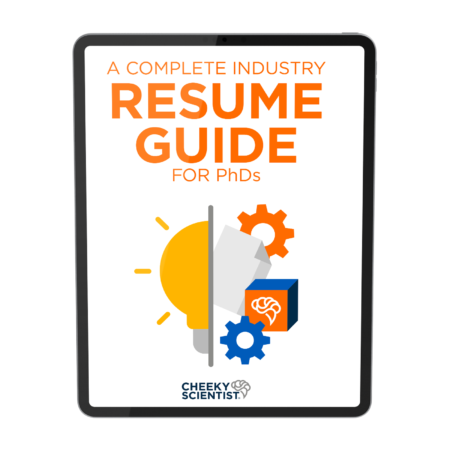5 Ways To Take Advantage Of New LinkedIn Changes For Your Job Search

When I thought about my future during graduate school, it was terrifying.
I saw plenty of underpaid and poorly treated postdocs around me, fighting for the very few tenure track positions that were available.
Was this the only route I could take?
As a graduate student, I was stressed out and struggling with depression.
Thinking about continuing on as a postdoc in the same circumstances was not a pleasant thought.
But, I thought that didn’t know how to do anything outside of a university.
The academic system was all I had known.
When I finished my PhD, without a job, I was lost.
So, I began networking to try to figure out what was available to me outside academia.
This was the best decision I could have made.
I met wonderful people with PhDs who had jobs they loved in industry.
Perhaps my future wasn’t so bleak.
But, I was still unsure how to get into these positions and struggled with imposter syndrome as I looked for jobs I felt qualified for.
Slowly, I learned about creating a job search strategy: complete with informational interviews, lots of networking, and completely redoing my LinkedIn profile.
I had completely undervalued LinkedIn as a graduate student.
It turned out to be a great resource where I made connections and received job opportunities.
But, before that happened, I had to learn what industry wanted to see on a LinkedIn profile and figure out how to make my profile visible to potential employers and recruiters.
Why Understanding LinkedIn Is Essential To Your Job Search

LinkedIn has changed their platform and their algorithm.
This affects your profile’s visibility, and therefore your ability to be seen by employers and recruiters.
You can leverage the new LinkedIn changes to increase your profile’s visibility so that employers and recruiters will start contacting you or will contact you even more than they already are.
A study by Jobvite shows that 96% of all employers and recruiters find candidates online.
Specifically, 87% of these employers and recruiters use LinkedIn to find job candidates, especially for high-level PhD positions.
A lot of the larger companies, like Pfizer, Novartis, Genetec, Apple, Google, etc. have brought their recruiting in-house and they are using LinkedIn extensively to find qualified candidates.
Bottom line — you have to know what’s going on with LinkedIn.
You have to get your LinkedIn profile in order.
Your profile needs to be something more than a page saying that you are a postdoc at XYZ University, or graduate student studying XYZ.
It needs to be targeted and specific for your audience, which is an industry audience.
The hard work of revamping your profile is worth it, and the LinkedIn algorithm will reward you for having a good profile.
The more people who visit your profile, the more LinkedIn will recommend your profile to other people.
It becomes a cycle of amplification.
So, you’ll go around and around, getting higher and higher levels of visibility, more and more recruiters and employers contacting you, and more and more offers for phone screens, site visits, and eventual job offers.
A study by Statistic Brain found that 122 million people have gotten interviews from LinkedIn and a further 35.5 million have been hired by someone they connected with on LinkedIn.
LinkedIn is a powerful tool in your job search.
Don’t neglect it and miss out on an amazing opportunity.
5 Ways To Benefit From LinkedIn’s Recent Changes
As a PhD, you need to demonstrate that you are ready to make the transition into industry.
A suboptimal, academic-looking LinkedIn profile is a surefire way to prevent employers and recruiters from reaching out to you.
You must make the effort to craft a professional, industry-ready LinkedIn profile.
And, this includes understanding the most recent LinkedIn changes and using them to your advantage.
Here are 5 ways for PhDs to gain maximum benefit and exposure on LinkedIn…
1. Utilize LinkedIn’s keyword algorithm.

Maybe you’ve heard that keywords are important for LinkedIn, but don’t know what this means.
Start simple by including the job titles that you want, and the locations of where you want to work, within your profile.
You need to have the locations in your profile because employers and recruiters are typing in the job titles and the locations when searching for candidates.
If they are trying to fill a job in New York, they’re looking for people in New York first.
Employers would rather find a qualified candidate locally, who they don’t have to fly out, than somebody far away.
You want to include the location where you want to work, even if you’re not local.
Find a way to include the cities and countries you want to work in into your profile, and use those specific words throughout your profile.
Next, include the job titles that you are interested in throughout your profile.
Work both the job titles, and then the keywords relevant to those job titles, into your profile.
To figure out what the relevant keywords are, you should go through a handful of job postings and pull out the keywords that are repeated over and over again.
If you are in the middle of an aggressive job search, then you will want to look through dozens and dozens of these job postings, and pull out the keywords.
A couple of tools to help you find these keywords are Word Cloud and Wordle.
All you need to do is copy and paste the text from several different job postings, put it into a Word Cloud, and then the Word Cloud will show you which words are used the most.
By doing this, you are hacking the system to see which words in all of those job postings are used the most, and then you can take those keywords and put them in your LinkedIn profile.
Don’t worry about plagiarizing job postings.
Employers are looking for those exact keywords and phrases in the profiles and resumes of the PhDs that they are going to hire.
Show them that you are exactly the type of candidate that they want to hire.
2. Make connections via the alumni page.
Many PhDs have no idea what the LinkedIn alumni page is, and it is a vastly underused resource.
If you go to LinkedIn.com/alumni, it’s going to pull up a page showing all of the different alumni that you have connections to on LinkedIn.
This will include alumni from your undergraduate university, alumni from your graduate school, and beyond.
The page is a very powerful resource for reaching out to people, setting up informational interviews, and asking for introductions to people who work at companies you are interested in.
You already have something in common with these alumni.
Whether you attended the same school, or both previously worked at the same company, this connection will make asking for informational interviews and introductions smoother because you already have some built-in rapport.
Don’t forget to always add value first, though.
Many people are willing to help out fellow alumni, but always be thinking of what value you can add to this person.
That is the best way to build long-term, professional relationships that have the potential to generate referrals.
3. Use the highlights section to add value.

LinkedIn has added a new section to each profile on LinkedIn: the highlights section.
This is a section at the very top of every individual’s profile, where it will list their recent highlights.
Now, why does this matter to you, the job candidate?
Because you can look at these highlights, right at the top of their profile, and you can use these highlights as talking points when you reach out to them.
This is a great way to add value — by talking about the other person first, before asking about a job.
These highlights give you discussion points for your messages.
So, if you’re reaching out to someone for the first time, you can message them about something you see in their highlights section.
Maybe they got their job just 6 months ago, so you can say congratulations on that.
Maybe they have a new publication, so you can tell them congratulations on the new publication.
It might mention somewhere they’ve recently been, or it might mention a post they recently made, and you can comment on their post.
Overall, the highlights section gives you things to congratulate a connection on, and things to ask for their advice on, so you can keep the focus on them before it’s time for you to ask for a referral.
4. Make your profile highly visible by presenting your most relevant top 3 skills.
The skills section on LinkedIn is a very popular section, where people ask for endorsements.
Recently, this section has been changed.
Now, the entire section only highlights 3 skills.
You might have 30 skills listed in this section, but LinkedIn is only going to show 3 of these skills on your main profile page.
But, the exciting part is that you get to choose what these top 3 skills are.
Most PhDs just take whatever was put on there, or what other people have recommended them for.
This often means your top skills are things like Western Blotting or PCR.
This is a mistake.
Industry employers are not looking for you being good at PCR or Western Blotting.
They want to know that you have skills that are relevant to industry.
Maybe they want to know that you have business analyst skills.
They’re looking for your transferable skills.
They might want to know that you have business acumen, product and market knowledge, project management skills, or people management skills.
The way to gain the most benefit from this section is for you to go back to all of those job postings and see what skills employers are looking for the most.
Then, put the 3 skills they are looking for most at the top of your list, because those 3 skills are an integral part of LinkedIn’s new algorithm.
For example, if you are looking for a business analyst position, you can put that you have business analyst skills.
Now, you of course want to get those skills.
You might want to take an online course, or study up on them.
You’re a PhD, after all. You can research and learn about anything.
But, make sure you put that at the top of your list, and ask some people in your network to endorse you for that skill.
Now, when an employer searches for business analyst skills, your profile will show up.
5. Build rapport faster with shared connections.
The power of LinkedIn gives you the ability to not just connect to other people, but to also connect to your connections’ connections.
Your secondary and tertiary network is a huge resource.
To make the most of this resource, you can use your shared connections.
Let’s say you want to set up an informational interview with someone who is a project manager at Genetech.
You search project manager, Genetech and find a tertiary connection that you would like to speak with.
On their profile, it will show you your shared connections.
These shared connections are people both you and your person of interest are already connected with on LinkedIn.
So, instead of reaching out to that person cold, you can reach out to your shared connection and ask for an introduction.
This allows for the rapport process to move forward much faster, and it allows for you to generate a referral much faster.
You should be asking people for introductions a couple of times a day.
You should be reaching out for informational interviews a couple of times a day.
Using your shared connections can make that process a lot smoother and more successful.
The changes that LinkedIn has made to their algorithm and platform can benefit you, if you know how to leverage your profile the right way. As a PhD, you are needed in industry, but must know how to use the tools, such as LinkedIn, that industry uses to find top candidates. To get the maximum benefit from LinkedIn’s new changes, you should utilize LinkedIn’s keyword algorithm by including the right keywords throughout your profile, make new connections via the alumni page, use the highlights section to add value to your connections, make your profile highly visible by presenting your most relevant top 3 skills, and build rapport faster through introductions from shared connections. With the new algorithm and a tailored profile, you will become more visible to potential employers and their recruiters, putting you on the right path to getting the industry position you want.
If you’re ready to start your transition into industry, you can apply to book a free Transition Call with our founder Isaiah Hankel, PhD or one of our Transition Specialists. Apply to book a Transition Call here.

ABOUT JEANETTE MCCONNELL, PHD
Jeanette is a chemistry PhD turned science communication enthusiast. During her PhD she realized that her favorite part about research wasn’t actually doing research, but rather talking and writing about it. So, she has channeled her passion for discovery into teaching and writing about science. When she isn’t talking someone’s ear off about her latest scientific obsession, you’ll find her on the soccer field or reading a good sci-fi novel.
More Written by Jeanette McConnell, PhD































